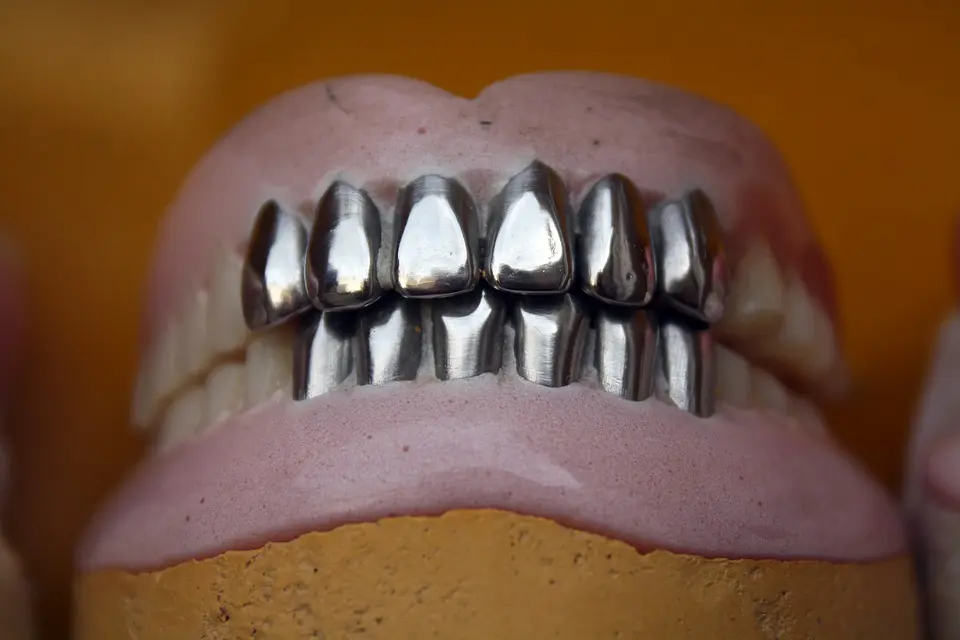There are different types of filling materials for the teeth. When the dentist needs to fill a cavity, he or she will remove the decay, clean the area, then fill the cavity with some kind of material. A good filling material should last for many years.

(Pixabay / NinaMarie)
The most common filling materials for a tooth cavity are metal and tooth-colored composite fillings. Here’s a look at the differences between the two.
Metal fillings
Silver amalgam is the most common metal filling that dentists use for cavities. It is durable, but the dentist needs to remove a lot more tooth structure to accommodate the filling. Silver fillings are strong and stay in place for many years. They are also a good choice for filling hard-to-reach places. Silver fillings can be placed only when the tooth environment is very dry to allow an effective bonding with the tooth.
The downside of silver fillings is that they have different expansion and contraction properties than the tooth, which often results in cracks around the filling. The cracks could eventually lead to decay or tooth breakage.
Silver amalgam contains traces of mercury, but dentists do not believe it is enough to cause any significant problems. The mercury content of the silver filling goes to the surface during the placement and is largely scraped away during the shaping process. The nominal amount of mercury remaining in the filling is not sufficient to compromise a person’s health.
Tooth-colored composite fillings
Tooth-colored fillings are a more popular choice than silver ones. They look more natural and do not require much of the tooth to be removed because they bond directly to the tooth. This filling does not cause cracks in the surrounding structure of the tooth in the same way that silver fillings do. Small problems arising within the filling can be easily repaired without having to replace the entire filling.
At Felt Family Dentistry, we use only tooth-colored composite fillings. Our patients love the natural look of the fillings and the fact that they allow more of the original tooth to be preserved.
